Blog
Jewellok is a professional pressure regulator and valve manufacturer and supplier.
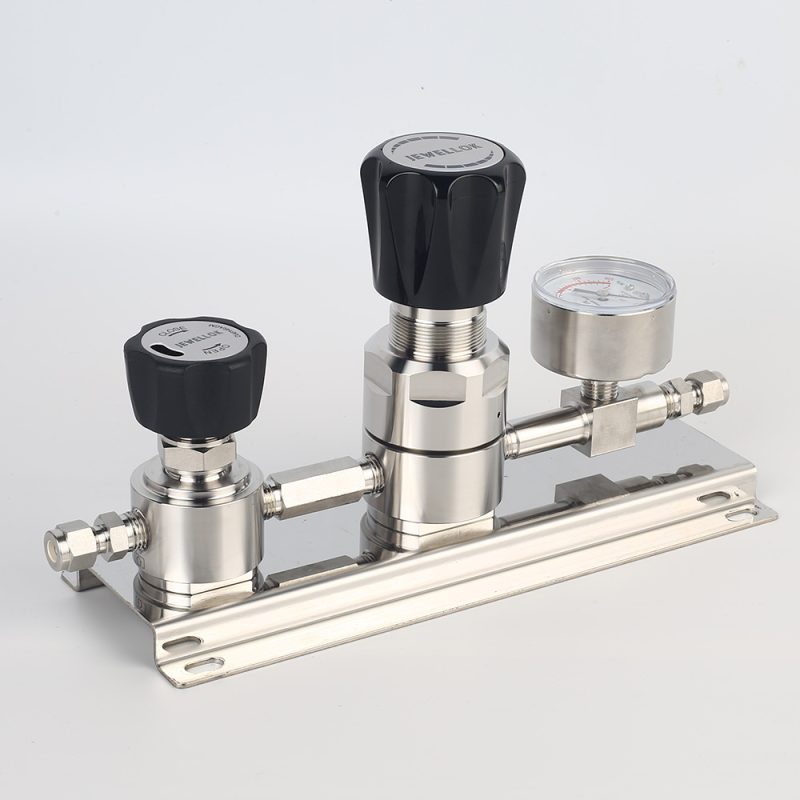
Industry Insights And Technology Development Of Control Valve And Pressure Regulator Manufacturers
- Pressure Regulator Valve Manufacturer
- Air Pressure Regulator Manufacturer, control valve and pressure regulator manufacturers, Control valve and pressure regulator manufacturers in usa, Control valve manufacturers, control valve manufacturers in china, control valve manufacturers in europe, control valve manufacturers in india, Industrial control valve and pressure regulator manufacturers, Pressure Regulator Valve Manufacturer
- No Comments
Industry Insights And Technology Development Of Control Valve And Pressure Regulator Manufacturers
Introduction
Control valves and pressure regulators are indispensable key components in modern industrial automation and fluid control systems. They play a vital role in many industries such as petrochemicals, power, water treatment, pharmaceuticals, and food processing. Control valves are used to regulate the flow, pressure, and direction of fluids, while pressure regulators are used to maintain the stability of system pressure. With the continuous advancement of industrial technology, manufacturers of control valves and pressure regulators are facing higher technical requirements and market challenges. This article will explore the technical development, market trends, and manufacturers’ response strategies in this industry.
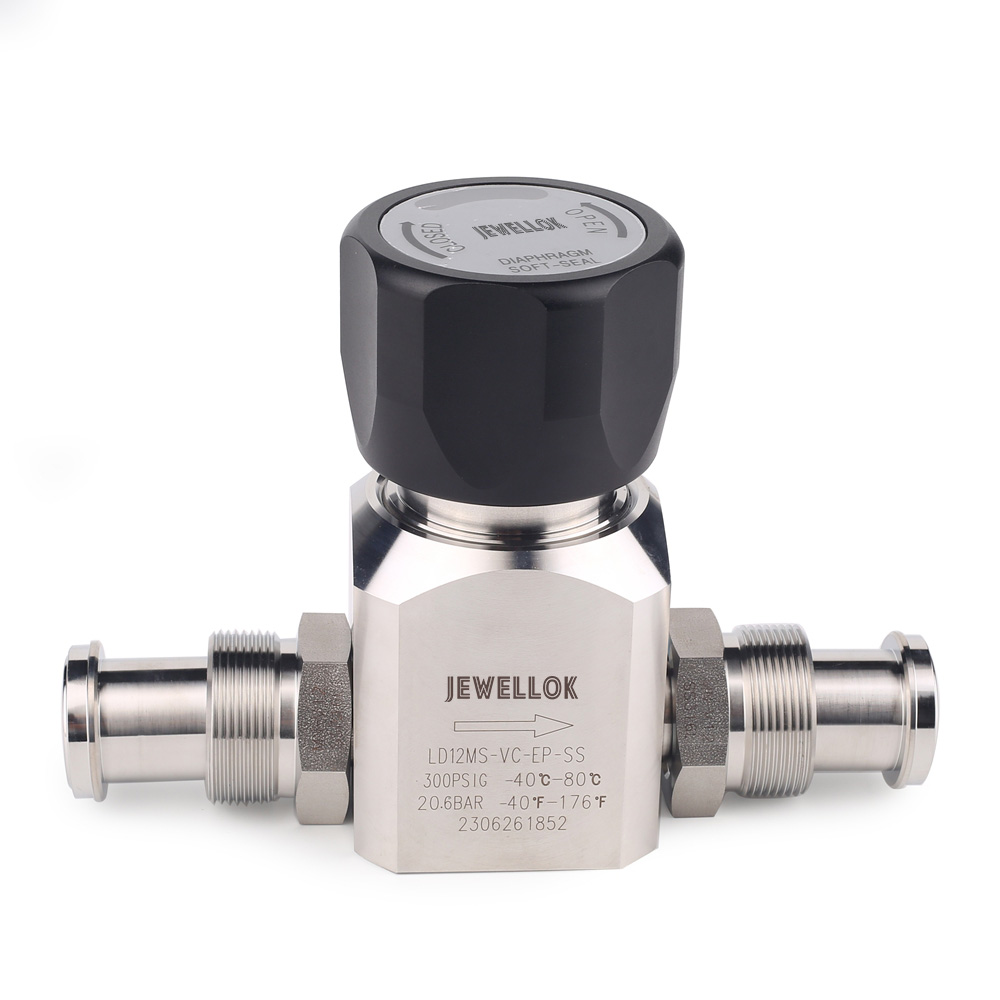
Basic functions and applications of control valves and pressure regulators
Functions and applications of control valves
A control valve is a device that regulates the flow, pressure, or direction of a fluid by changing the flow area. It usually consists of a valve body, a valve core, an actuator, and a positioner. The main functions of a control valve include:
Flow regulation: By changing the position of the valve core, the control valve can accurately adjust the flow of the fluid to meet the process requirements.
Pressure control: In some applications, control valves are used to maintain the pressure stability of the system to prevent the pressure from being too high or too low.
Direction control: Multi-way valves can change the flow direction of fluids and are suitable for complex process flows.
Control valves are widely used in industries such as petrochemicals, electricity, water treatment, and pharmaceuticals. For example, in the petrochemical industry, control valves are used to adjust the feed flow of reactors; in the power industry, control valves are used for pressure control of boiler feed water systems.
Functions and applications of pressure regulators
A pressure regulator is a device used to maintain system pressure stability. It automatically adjusts the opening of the valve to maintain constant output pressure by sensing changes in system pressure. The main functions of a pressure regulator include:
Pressure stability: In a fluid system, pressure fluctuations may cause equipment damage or process failure. The pressure regulator can automatically adjust to ensure system pressure stability.
Safety protection: When the system pressure exceeds the set value, the pressure regulator can automatically shut down or release the pressure to prevent accidents.
Energy saving and consumption reduction: By accurately controlling pressure, pressure regulators can reduce energy consumption and improve system efficiency.
Pressure regulators are widely used in natural gas transmission, compressed air systems, hydraulic systems, and other fields. For example, in natural gas transmission pipelines, pressure regulators are used to ensure that downstream users obtain stable gas pressure.
Challenges for control valve and pressure regulator manufacturers
Technical challenges
High precision requirements: With the improvement of industrial automation level, the precision requirements of control valves and pressure regulators are getting higher and higher. Manufacturers need to adopt advanced processing technology and materials to ensure the stable performance of products.
Corrosion-resistant and high-temperature resistant materials: In extreme environments such as petrochemicals and electricity, control valves and pressure regulators need to have corrosion resistance and high temperature resistance. This puts higher requirements on material selection and manufacturing processes.
Intelligence and digitalization: With the advancement of Industry 4.0, control valves and pressure regulators need to have intelligent and digital functions. For example, remote monitoring and fault diagnosis can be achieved through sensors and Internet of Things technology.
Market challenges
Fierce market competition: There are many control valve and pressure regulator manufacturers worldwide, and the market competition is fierce. Manufacturers need to maintain their competitive advantage through technological innovation and cost control.
Diversified customer needs: The demand for control valves and pressure regulators varies greatly in different industries. Manufacturers need to provide customized solutions based on the specific needs of customers.
Environmental protection and energy saving requirements: With the increasingly stringent environmental regulations, manufacturers need to develop more energy-saving and environmentally friendly products to meet market demand.
Technology development trends
Intelligence and digitalization
With the advancement of Industry 4.0, the intelligence and digitalization of control valves and pressure regulators have become an important trend. By integrating sensors, actuators and communication modules, control valves and pressure regulators can achieve remote monitoring, fault diagnosis and predictive maintenance. For example, intelligent control valves can transmit real-time data to the cloud through the Internet of Things technology for operators to analyze and make decisions.
New materials and new processes
In order to meet the application requirements in extreme environments, manufacturers are developing new materials and manufacturing processes. For example, the use of ceramic materials to manufacture valve cores can improve the corrosion resistance and wear resistance of control valves; the use of 3D printing technology can quickly manufacture valve parts with complex shapes and shorten the product development cycle.
Energy saving and environmental protection
Energy saving and environmental protection are important development directions for control valve and pressure regulator manufacturers. By optimizing the design, reduce fluid resistance and energy consumption; by adopting environmentally friendly materials, reduce the impact of products on the environment. For example, low leakage control valves can effectively reduce fluid leakage and reduce environmental pollution.
Manufacturers’ response strategies
Technological innovation
Manufacturers need to continuously increase R&D investment to promote technological innovation. Through cooperation with universities and research institutions, develop new control valve and pressure regulator technologies; through the introduction of advanced processing equipment, improve the accuracy and reliability of products.
Customized services
In order to meet the diverse needs of customers, manufacturers need to provide customized solutions. Through in-depth understanding of customers’ process and application environment, design products that meet customer needs. For example, develop special control valves and pressure regulators for high temperature and high pressure environments.
Global layout
With the continuous expansion of the global market, manufacturers need to strengthen their global layout. By setting up production bases and R&D centers overseas, reduce production costs and increase market response speed; by participating in international exhibitions, expand overseas markets.
Green manufacturing
Increasingly stringent environmental regulations require manufacturers to adopt green manufacturing technology. By optimizing the production process, reduce energy consumption and waste emissions; by developing environmentally friendly products, meet the green needs of the market.
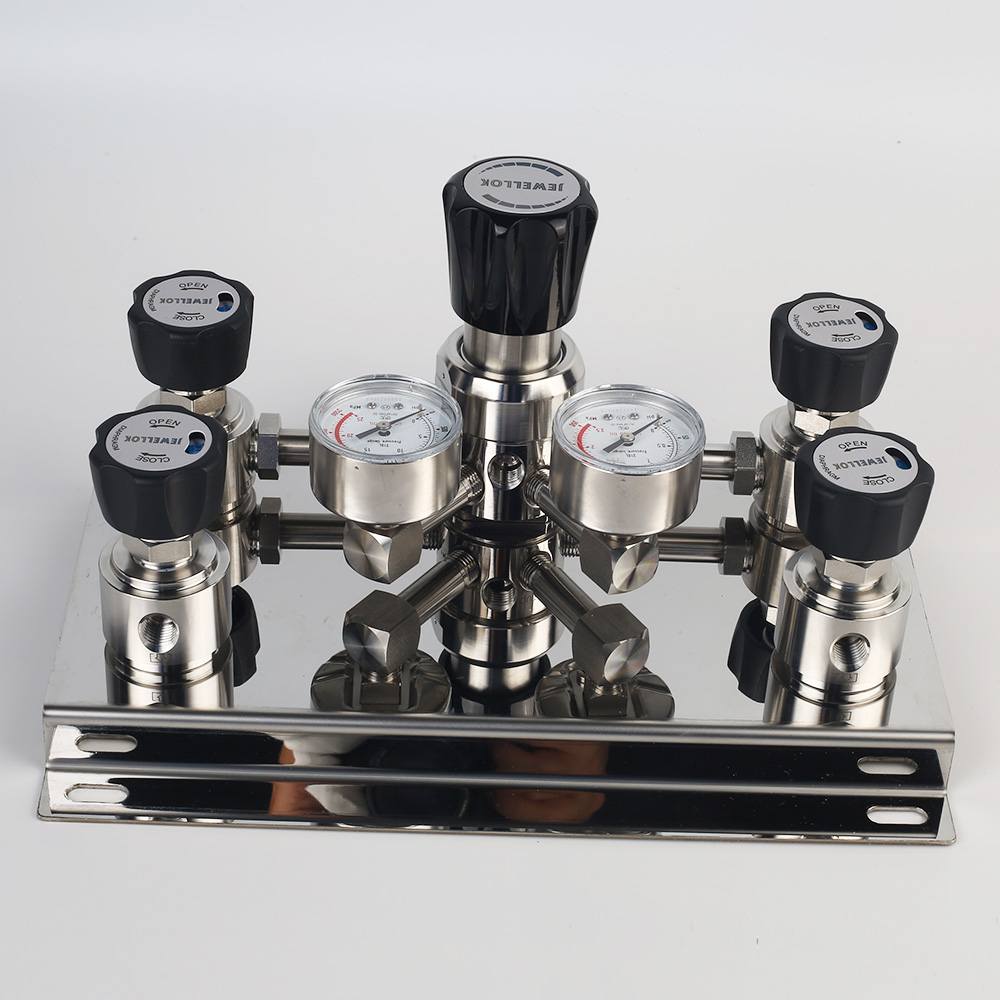
Conclusion
Control valves and pressure regulators are key components of industrial automation and fluid control systems, and their manufacturers face technical challenges and market opportunities. Through technological innovation, customized services, global layout and green manufacturing, manufacturers can maintain their competitive advantage in the fierce market competition. In the future, with the continuous development of intelligent, digital and environmental protection technologies, the control valve and pressure regulator industry will usher in a broader development prospect.
For more about control valve and pressure regulator manufacturers, you can pay a visit to Jewellok at https://www.jewellok.com/ for more info.
Recent Posts
Pressure Control Valve Manufacturers
High Flow Needle Valves manufacturers
High-Pressure Hydraulic Needle Valve
Pneumatic Actuated Ball Valve
Industrial Diaphragm Valve
Tags
Recommended Products
-
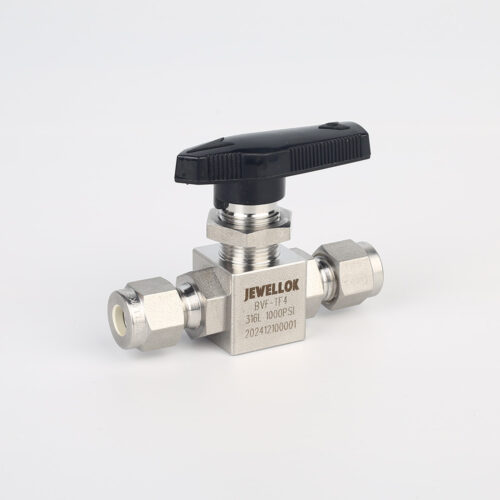
Stainless Steel High Purity High Temperature Pneumatic Actuated Ball Valves JBV2 Series
-
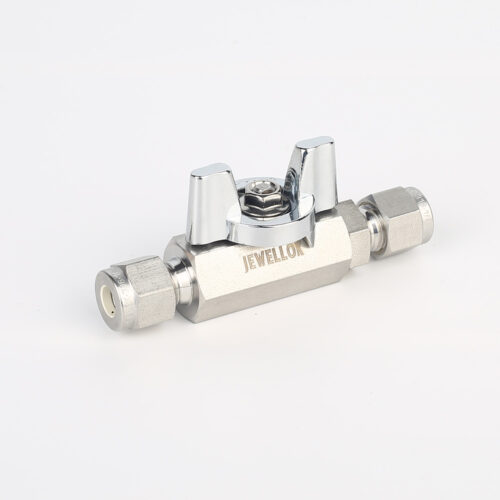
Stainless Steel High-Purity High Temperature Metal Seated Ball Valves JBV3 Series
-
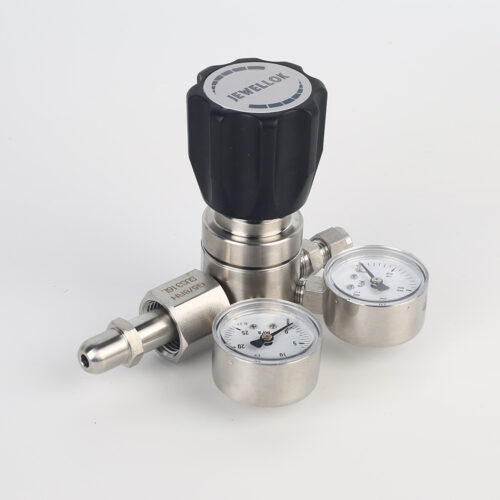
High Purity High Pressure Gas Cylinder Pressure Regulators Pressure Reducing Valve JSR-1E Series
-
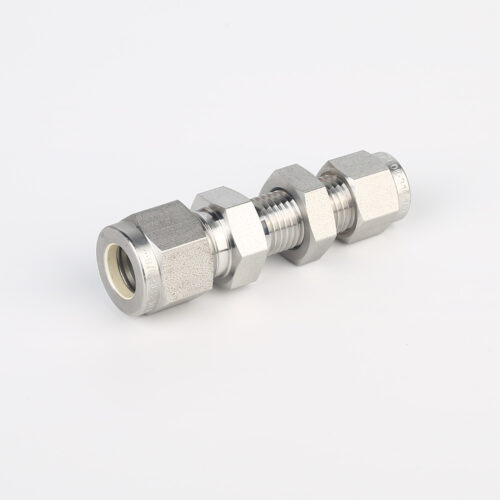
775L Bulkhead Reducing Union | Stainless Steel High Purity Double Ferrule Bulkhead Reducing Unions
-
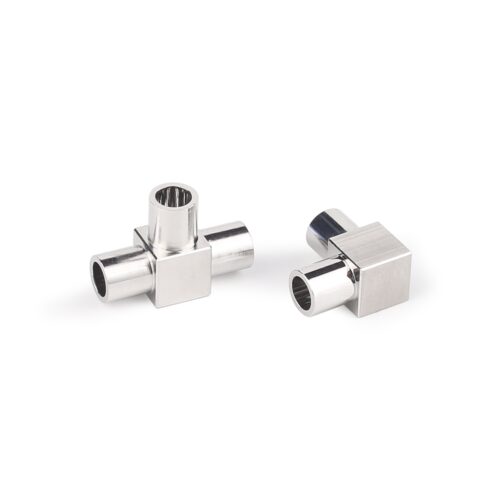
Stainless Steel Mini Elbow Mini Tee Mini Cross Mini Tribow Ultrahigh Purity Mini Butt Weld Fittings
-
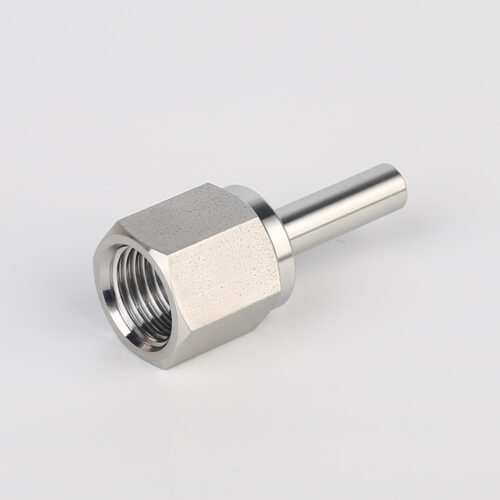
739LF High Purity Female Adapter Tube To Pipe Fittings And Connectors
-
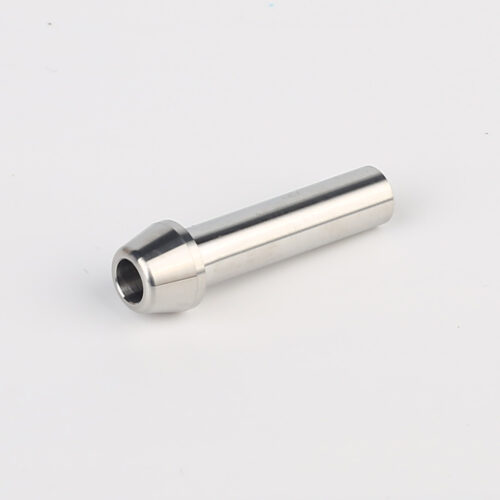
767LP Port Connector Ultra High Purity VCR Metal Gasket Face Seal Tube Fittings
-
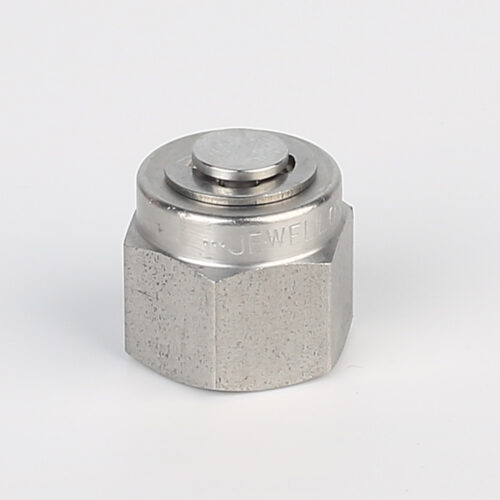
7121L Plug High Purity Plug Fitting And Blanking Plug